Among all the things to be ever found on earth, plants are considered as one of the most beautiful and precious organisms. Anybody can go on and on about the important note of plants and trees in our lives. They release oxygen, help us breathe, and provide a significant amount of food variants like fruits for us to eat, but that is just the basics. Moreover, they help purify the air, provide shade, prevent soil erosion, floods, and all the textbook stuff from school.
The sight of flowers in bloom is what some of us plan our vacations around! But, but, but, here lies the danger part…..The elegance and frailty of flowery plants actually never expect us to think of it as something harmful. The fragrant nature of flowers always cheers us up, but we can sometimes be mistaken if we don’t analyze the counterpart. It sounds odd but too specific, there are some really dangerous and toxic species of plants that can really be harmful to humans. Yeah, you read what you saw, there are many venomous plants around the world which we will be discussing right now.
Another thing to be mentioned is that here we will not be talking about the carnivorous plants which devour upon insects like Venus flytrap, pitcher plant, or the oblong-leaved sundews. So, let’s start right away!!!
Poisonous Hemlock (Conium)
So, this one’s quite familiar and widely known. It is one of the most dangerous plants in the world and was conventionally used in the executions that took place during the ancient Greek civilization period, legendary philosopher Socratesbeing one of its victims. He died suffering from the side effects of the plant’s most toxic protein, known as coniine. This protein smells like a carrot and once it’s triggered, it begins by rendering paralysis from the legs and slowly moving upwards, taking no time in attacking the central nervous system which turns out to be deadly due to continuous asphyxia and cardiovascular collapse.
White Snakeroot (Ageratina Altissima)
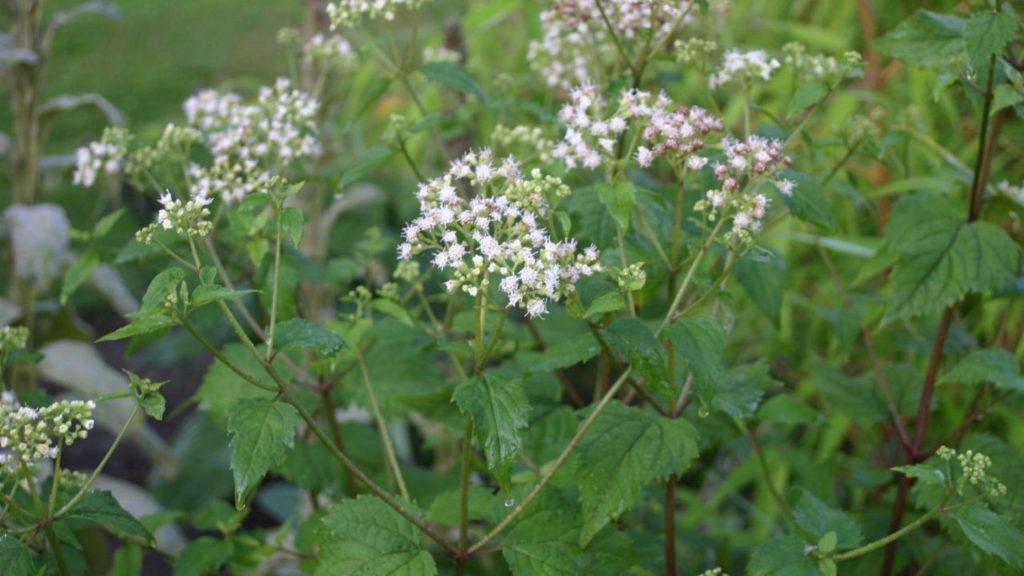
One of the most formidable plants that can lead to severe sickness and even death. White Snakeroot is a white, poisonous perennial herb in the family Asteraceae, native to eastern and central North America. The plant’s sap contains a toxin called tremetol, which if consumed, starts terrible trembling, vomiting, and intestinal disorders.
Just drinking the milk of the cow that has already ingested the plant’s flowers can produce severe symptoms in humans. The illness from this became so widespread in the early 19th century that it started to be recognized by the term ‘Milk sickness’ and can be held responsible for thousands of deaths at that time. Esteemed former president of the US, Abraham Lincoln’s mother, Nancy Hanks Lincoln is one of its unlucky victims.
Wolfsbane (Aconitum)
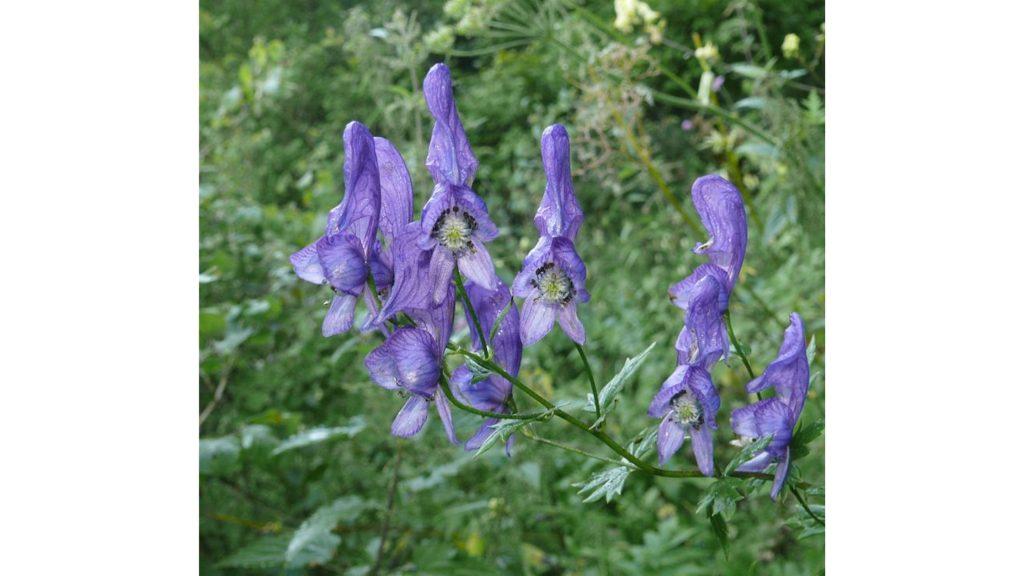
Coined by the term Devil’s helmet for a reason. Just because of its simple cap-type shape, nobody can imagine it as something threatening. But the truth is, nothing much, just a few drops from the plant’s roots, and it may turn up to be lethal. As it contains aconitine neurotoxins and cardiotoxins, a small consumption leads to gastrointestinal complications, motor weakness, as well as heart and lung paralysis. Its poison can also act through contact with the skin, particularly through open wounds.
This plant has over 250 species and is known by the names mousebane, dogbane, leopard’s bane, witch’s bane, etc. These are some of the most toxic plants found in the UK. It is said, in the older times, witches used this poisonous flower to intoxicate their victims. Criminals were punished using this back then and tribals have also been using this in producing poison-tipped arrowheads for hunting purposes.
Crabseye (Abrus precatorius)
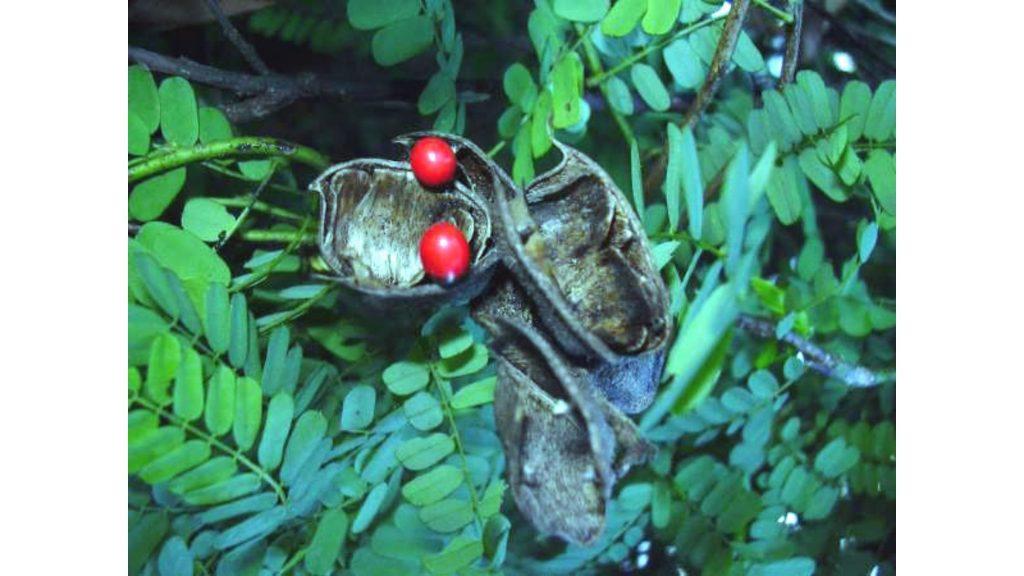
A native plant from Indonesia with sparkling red, black and white beads. It had a purpose in the local percussion instrument playing. But the seed of this plant is the only thing to be aware of. It contains Abrin drugs, which is similar to Richin(another type of drug found in Castor seeds), and vandalizes the body function’s at the cellular level. Actually, it inactivates the ribosomes which are responsible for breaking down body proteins.
Oleander (Nerium Oleander)
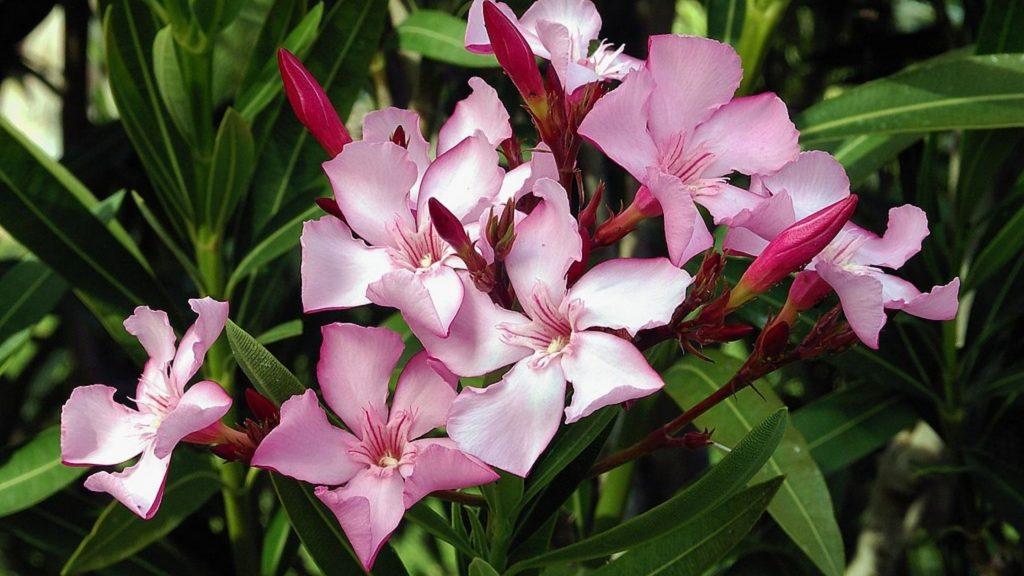
Being basically a shrub, this one queerly pops up in parks, lawns, and backyards. It looks very alluring with white, magenta, and crimson ethnics. And with a possessing scent, it easily victimizes people. It’s cruel how nature didn’t grant justice to its appearance as every part of this plant is venomous and life-threatening if consumed.
The leaves, flowers and fruit contain chemicals known as cardiac glycosides, which may cause cardiac arrest. Outrageous symptoms include drunkenness, a slower heart rate, and uncontrollable shaking. Even if burnt, its smoke causes health issues. Mainly found in the southern and western regions of the US, this plant ranks among the topmost toxic organisms in the world.
Castor Oil Plant (Ricinus Communis)
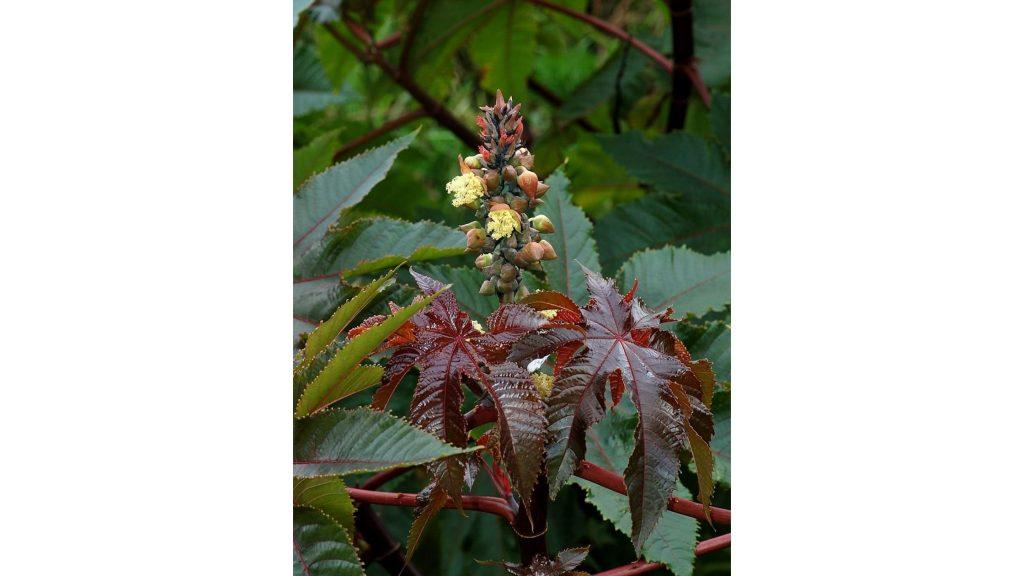
Also shrub-like, this one can also be found in houses and gardens. The seeds of this plant are dangerous containing toxalbumin ricin, a water-soluble glycoprotein (highest level among seeds}, a powerful allergen (CBA), and a certain amount of rich in drug. The symptoms include- abdominal cramps, chest pain, diarrhea, dizziness, fainting, nausea, skin rash, etc. It holds the Guinness World Record title for being the world’s most poisonous plant.
The Suicide Tree (Cerbera odollam)
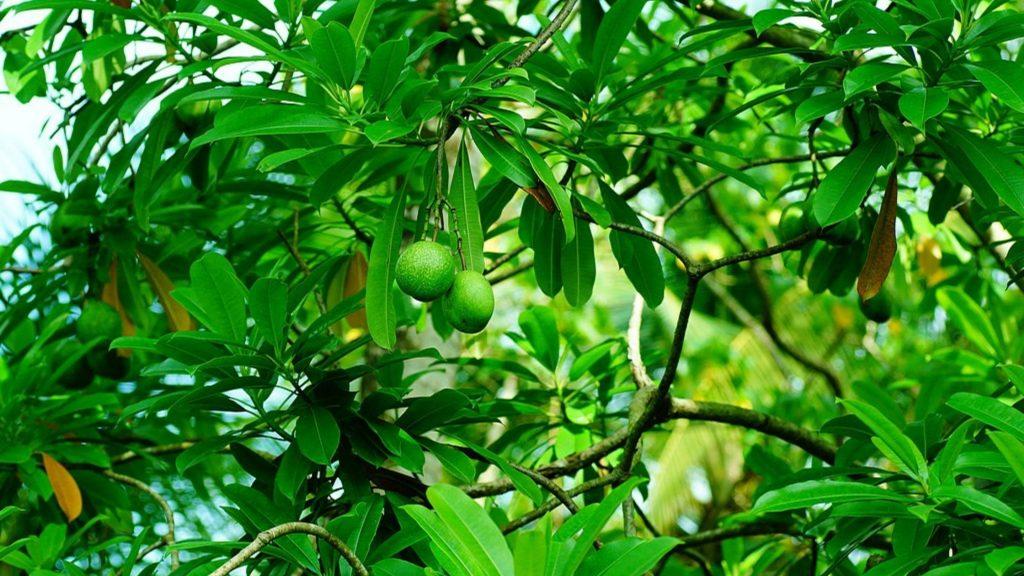
Such a terrifying name right, yeah. This special kind of tree is a kind of family friend to Oleander and is also quite poisonous to humans. The seeds of this tree have been found harnessing a toxic protein known as Cerberin, a compound with the potential of incapacitating the channels which synthesized calcium ions in the heart muscle, thus causing an abrupt lower heartbeat rate whose fatalness depends on the amount of toxin partaken. If the scale is higher, the survival chance is also frail.
Being referred to as a perfect murder weapon, getting someone to consume the cerberin of this tree might appear like an act of suicide for sure. It might sound astonishing but yes, the flavor of this cerberin can’t be distinguished from the spices used in food. Many autopsy cases are overlooked which might have this tree as its roots.
A team of forensic toxicologists from France has inferred the fact that more than 500 cases of fatal Cerbera poisoning were identified in corpses between 1989 and 1999 in Kerala alone, many of whom might have committed suicide or had been murdered brutally.
Angel’s Trumpet (Brugmansia)
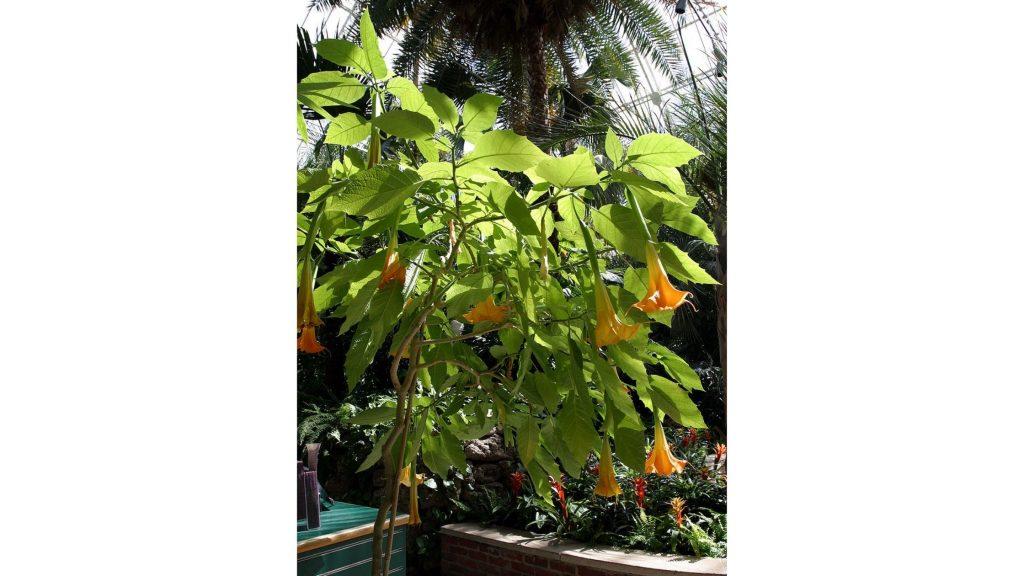
The name’s originated from their large, pouring out, trumpet-shaped flowers. Found in yellow, pink, white, orange, gold, or peach shades and measuring up to 50cm long and 35cm wide, it can cause dangerous side effects which are almost zombie-like and are known as the zombie effect, just imagine!!!
The pastel pink flowers might look pleasing, but for these plants, the magic phrase is always- ‘Don’t judge a book by its cover’. If ingested, one might start hallucinating and find incapable of retaining memories which are just like your heaven’s knell has started ringing and you are soon into your afterlife. Frightening, isn’t it?
All this is caused due to dangerous chemical composition of scopolamine and atropine. Larkspur (Delphinium Barbeyi):-Yes, its beautiful complexion can appear appealing, but never go with it. Once consumed, it causes gradual weakness, drooling, nausea, burning in the mouth, vomiting, abdominal pain, and it takes not more than six hours to prove deadly. Even the slightest contact with the flower of a Larkspur plant causes skin allergies and irritation.
Related:



